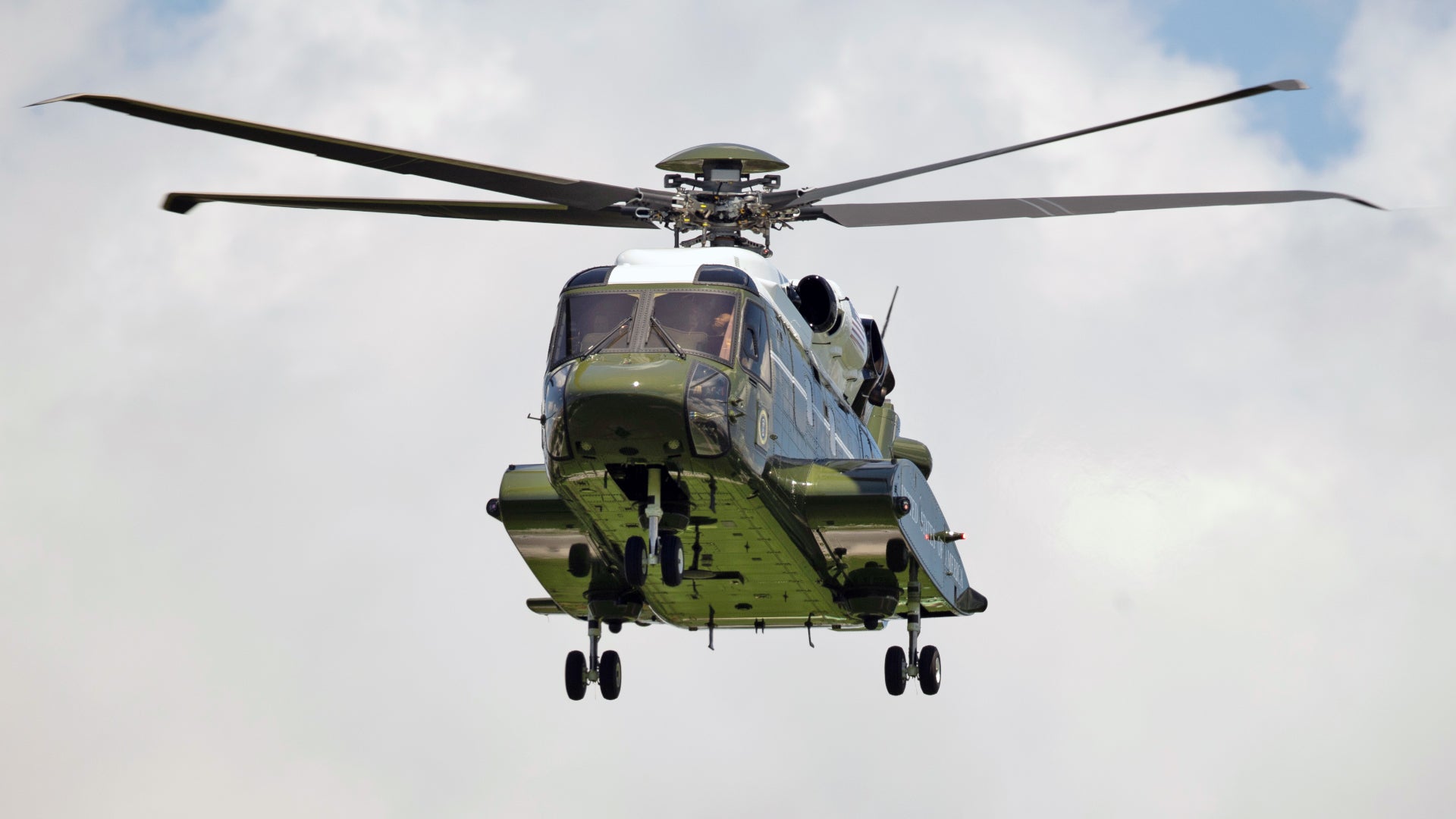That is always the danger- that you fly the new aircraft like the old one, because that is all you know.
(ask me how I know…)
From what I understand the requirement for Canadian maritime helicopters is to be able to operate independently of its ship. That is collect data,analyze the data,and then act on it. Whereas the US Navy maritime helicopters collect data,transmit it back to ship to be analyzed. This is why R model Seahawk wasn't considered as a suitable replacement for Seaking.
armrdsoul77 is largely correct, but that is an oversimplification. It used to be that way, when they had Hawklink on the Bravo. Hawklink has been replaced on the Romeo with both TCDL (Tactical Common Data Link) which can do everything Hawklink could and more, and Link-16. Hawklink and TCDL make them a better "extension of the ship" than the Cyclone (of note the Sea King had TCDL but did not use it that way, and TCDL is "on the list" for Cyclone but may never materialize). Link-16 allows them to be part of the force as a whole, and also makes them a very good hunter killer team with the Sierra (the Romeo hunts, and the Sierra kills). The Romeo also has a much better capability to exploit it's sensors autonomously (it's not considered a dedicated ISR aircraft, nor is the Cyclone, so the requirement is to exploit the sensor airborne, not analyze it). What is missing is a dedicated tactician.
When Canada was looking at the Sea Sprite and eventually bought the Sea King, it was primarily for the carrier. There was two schools of thought:
- the USN tied the aircraft to the carrier
- the RN had an observer as a tactician and allowed independent ops
Initially with the Sea King Canada went with the USN concept. The aircraft had two aircrewman and no tactician. On board the carrier HMCS Bonaventure in the Radar Control and Air Direction Room there was on "helo row" that kept the helos in the screen (thanks NavyShooter for filling in some of the details, including helping me understand the RCAD was not part of the Ops Room).
When we were getting rid of Bonnie we had to decide whether to put that on our larger ships (ie the 280s), all ships (which may have been a challenge for the steamers), or in the aircraft. It was realized the Air Force had surplus navs and there were surplus ASN-501 tactical computers in the system, so we switched to the RN model with a dedicated tactician. We didn't really get there until we added the radar in the late '70s.
So, if we went with the Romeo we would need to either:
- adopt the USN CONOPs, and probably get rid of the nav;
- keep the majority of our CONOPs, and try to force the rear end mission display to be the navs, even the it is largely meant as SA for an aircrewman (not new for us, the ASN-501 and follow on ASN-123 systems were both from the US and meant to be operated by the pilot, but we made do); or
- put in a different mission system, which would be a very risky option at this point, if we are trying to keep the Wing from imploding.
By the way, I was involved on the side when the Romeo was brought up in or around 2013, including whether the Sea King mission system (Augmented Surface Plot - ASP) could be used.
So, doable yes, but I'm not sure 12 Wing is in a position to execute.
By the way, I'll talk about Sea King history to the cows come home if you want, but the reality at the Wing is a different kettle of fish.

 www.thedrive.com
www.thedrive.com


